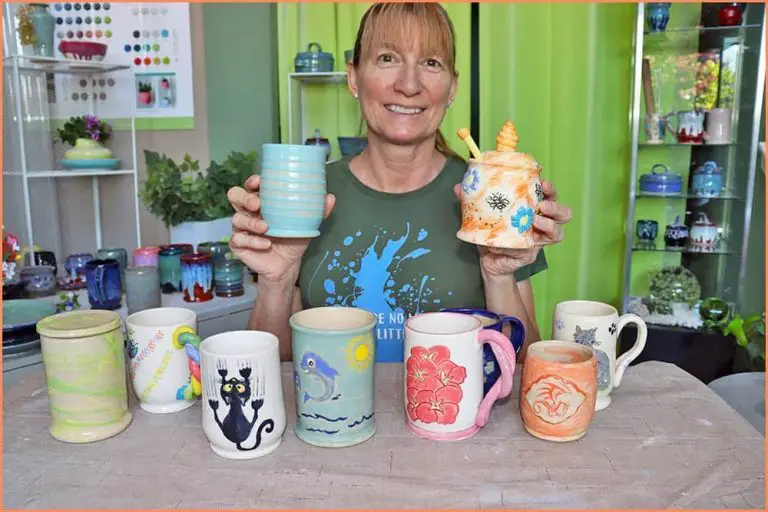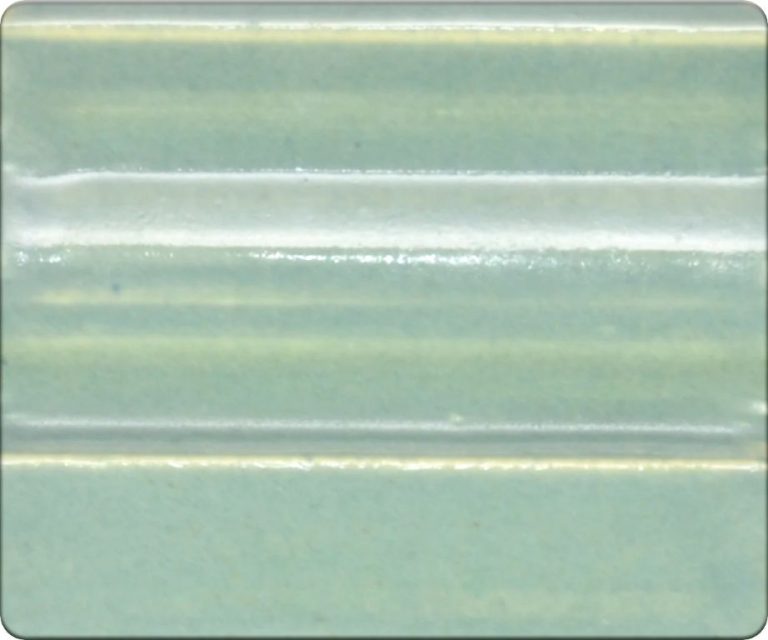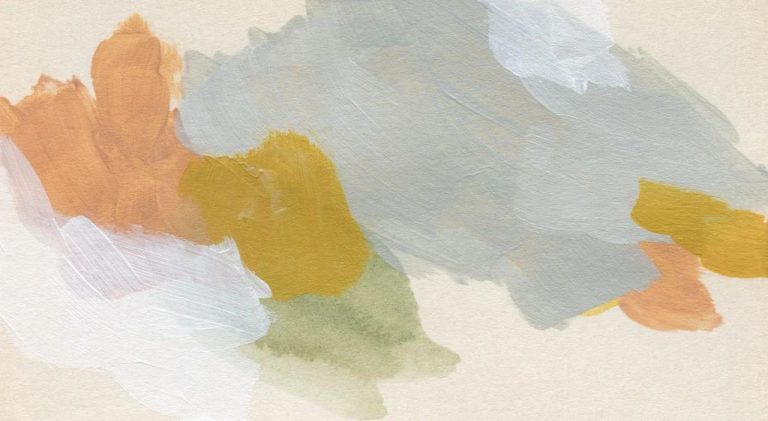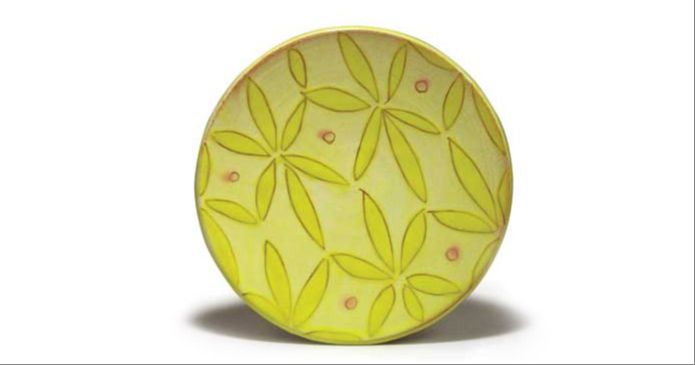What Are The Traditional Methods Of Making Clay Pots?
History of Clay Pottery
Clay pottery emerged as an important technology in early human civilization. The oldest known fired clay objects are figurines excavated in the Czech Republic, dated to around 27,000 BCE. Pottery allowed humans to store and transport food, water, and other materials in durable vessels. The invention of pottery was a major milestone in human cultural development.
Several geographic regions are known as early centers of pottery development, including East Asia, the Ancient Near East, and Mesoamerica. In China, fired clay pots and Proto-celadon vessels have been found dating back 20,000 years ago. By 10,000 BCE, complex painted pottery was being produced in the ancient Yangshao culture. In Japan, pottery dates back over 12,000 years ago to the Jomon period.
In Mesopotamia, archaeological evidence reveals that unglazed pottery for the storage of food was in use by 6000 BCE. Earthenware and glazed vessels were produced in Mesopotamia by 3000 BCE. In ancient Egypt, pottery was manufactured as early as 4000 BCE. The famous amphoras used for transporting wine and olive oil in the Mediterranean region date back thousands of years.
Early pottery artifacts provide insight into the cultures that created them. Stylistic changes in pottery can reveal new generations and shifting values in a society over time. As an early invention, clay pottery laid the foundation for many later innovations that shaped human civilization.
Clay Materials
Potters have access to many different types of clay to create their wares. The properties and composition of the clay determines what kinds of pieces can be successfully shaped and fired. Some of the most common clays used in pottery include:
- Earthenware – Fired at lower temperatures and is more porous. Good for handbuilding.
- Stoneware – Denser with higher firing temperature. Resists water absorption.
- Porcelain – Very fine clay that becomes glass-like when fired at high temperatures.
- Terracotta – Red or brown earthenware made from iron-rich clays.
- Ball clay – Added to stoneware or porcelain to improve plasticity.
The best clays for throwing on the potter’s wheel have good plasticity, which allows them to be shaped without cracking or warping. Plasticity refers to how flexible and workable the clay is. Clay particles that are platelet-shaped and small in size typically have good plasticity. The clay must also have the right amount of flexural strength to hold its shape as it is manipulated by the potter.
Before clay can be used, it often requires preparation and refining. Raw clay is dug from deposits in the earth and then needs to be refined to remove rocks, debris, and other impurities. The clay also needs to be mixed with water to reach an ideal state of plasticity for working the material. Some clays are dried, crushed into powder, and reconstituted with water in a process known as slip. The prepared clay is then wedged or kneaded to ensure even moisture consistency before throwing or handbuilding with it.
Pottery Wheels
The pottery wheel revolutionized how clay pots could be made. Instead of building pots by hand, the spinning wheel enabled potters to quickly shape clay into uniform vessels with thinner walls and rounded profiles. Centuries ago in Mesopotamia, potters discovered that placing a coil of clay onto a rotating platform allowed them to raise vertical sides as the wheel turned. This became the earliest known kind of pottery wheel.
Over time, the basic wheel design improved with the addition of a flywheel for momentum, a variable speed foot pedal, and a worktable. To operate a modern wheel, the potter centers a lump of clay on the rotating disk then uses their hands to shape the clay as it spins. The momentum of the spinning clay allows perfectly tapered and symmetrical forms to be created. Using gravity and centrifugal force, vertical walls can be thinned and rounded.
The most common wheel-throwing techniques are centering, opening, pulling, and trimming. Centering ensures the clay stays put as it spins. Opening shapes the bottom and sides of a vessel. Pulling raises and narrows walls by pressing inward and outward as the wheel turns. Trimming refines rims, feet, and curves once the clay has hardened. Through endless practice and refinement of technique, artisans can shape intricate pots in minutes.
Handbuilding Methods
Handbuilding has traditionally been one of the most common ways of crafting clay pots without the use of a pottery wheel. There are several fundamental handbuilding techniques that potters have used for centuries, including pinching, coiling and slab construction.
Pinching
Pinch pots are one of the most basic forms of handbuilt pottery. To pinch a pot, the potter takes a ball of clay and uses their fingers and thumbs to pinch and pull upwards from the bottom or sides. This thins the walls and shapes the clay into a simple pot form. Pinch pots generally have a round or ovular shape with thinner walls.
Coiling
The coiling method involves rolling out and stacking long coils or ropes of clay on top of each other. The coils are joined together using the fingers or a tool to blend the seams. Extra clay can be added to build up the walls, then smoothed. Vessels made with coiling often have visible ridges where the coils meet. Coiling allows building larger and taller pottery forms.
Slab Construction
Slab building involves cutting or rolling out flat slabs or sheets of clay that are then assembled to form the pottery shape. The slabs can be cut into shapes and joined at the edges, often using slip or clay water to seal and blend the seams. Extra slabs can be added to create more complex forms. Slab construction is ideal for making flat surfaces and angles.
Decorating and Glazing
Pottery decoration has a long history and tradition across many cultures. Decorating the surface of clay pots adds visual interest, personalizes pieces, and can convey meaning or symbolism. Traditional methods of decorating clay pots include painting, incising, sgraffito, slip decoration, and resist techniques.
Pigments derived from natural materials were commonly used to decorate ancient pottery through painting techniques. Iron oxides created red, yellow, and brown pigments. Manganese produced black. Copper made blue and green. White came from tin, limestone, kaolin, or bone ash. Organic materials like plants provided additional colors. Modern pottery uses both natural and synthetic pigments in a vast array of hues.
Glazes provide ceramic pots a protective, impermeable surface coating. Natural glazes were used for centuries before high-temperature kilns allowed more controlled glazing. A glaze slurry is applied to bisqueware clay pots before a final firing melts the glaze into a smooth, glassy surface. Common glaze ingredients include silica, fluxes, and alumina. Desired effects like glossiness, crackling, or metallic finishes can be achieved through glaze chemistry and kiln temperatures. Clear, colored, matte, or glossy glazes in limitless combinations enable potters to enhance their finished pieces.
Firing and Kilns
Firing is a critical step in the process of turning wet clay into a durable ceramic material. Traditionally, potters used open firing methods which involved building a fire and placing the pottery around or within it. The fire would burn for several hours and heat the pottery to high temperatures, chemically strengthening it through sintering and vitrification. However, open firing was inconsistent and sometimes resulted in cracking, exploding, or collapsing of pottery.
Kilns were developed to allow for more control over the firing process. Early kilns were essentially an insulated chamber with a firebox or firing holes allowing heat to be contained and distributed evenly around the pottery. Over time, kilns became more sophisticated with chimneys, multiple chambers, and the ability to precisely control temperatures.
There are several main types of kilns used in pottery today:
- Electric kilns use heating elements and digital controllers to achieve specific temperatures. They offer the most control and consistency.
- Gas kilns rely on natural gas or propane burners with adjustable vents. Skilled potters can control the firing through adjusting the gas flow and vents.
- Wood-fired kilns use wood as fuel to generate heat and flame that interacts with the pottery’s surface. They produce unique effects but are more difficult to control.
The firing temperature and atmosphere are also key factors. Low-fire clay can be fired between 1652-2192°F. Mid-range firing between 2192-2372°F produces stoneware. High-fire firing above 2372°F results in porcelain. Special effects can be achieved by controlling the kiln atmosphere and exposing clay to woodsmoke or reduction firing.
Pottery Tools
Potters use a variety of specialized tools for forming, shaping, cutting, piercing, carving, and decorating clay pots. Some of the most common traditional pottery tools include:
Forming and Shaping Tools
Ribs – Narrow, blunt metal or wooden tools used for smoothing, scraping, burnishing, and shaping wet clay. Steel ribs provide rigidity while wooden ribs allow for flexibility.
Loop tools – Round-ended metal tools used for carving lines, smoothing surfaces, and shaping details on leather-hard clay.
Paddles – Flat pieces of wood used for flattening, shaping, and compressing softer clay. Paddles can have straight edges, curved edges, or serrated edges.
Anvils – Heavy working surfaces made of concrete, steel, or stone used as supports when hammering and shaping clay forms.
Cutting, Piercing and Carving Tools
Needle tools – Sharp, pointed metal tools for piercing holes and carving fine details and textures in leather-hard clay.
Wire tools – Extremely thin, sharp wires used for cutting and slicing clay for attachments or surface effects.
Fettling knives – Handled cutting tools with sturdy, curved blades used for trimming excess clay from bases or rims.
Ribbon tools – Flat, flexible metal tools with a sharp beveled edge for cutting and scraping clay surfaces.
Notable Pottery Styles
Pottery developed independently in many ancient cultures, leading to distinct regional styles and techniques. Some of the most well-known pottery styles emerged from early civilizations in Greece, China, Japan, and Italy.
Ancient Greek pottery includes famous painted vases and pots from the Mycenaean, Geometric, Archaic, Classical, and Hellenistic periods. Distinctive styles like the black-figure and red-figure techniques allowed Greek artists to produce elaborate decorative scenes. Greek pottery influenced many Mediterranean cultures and was exported widely.
Chinese pottery evolved over thousands of years, producing refined porcelain and iconic styles like the Tang sancai three-color glazed pottery. Master potters discovered technical innovations like high-temperature kilns and glazes. Chinese porcelain in particular was highly prized in Europe and served as inspiration.
Japanese pottery is renowned for styles like Jomon pottery with rope-like patterns, Haji ware with wood-grain effects, and Karatsu ware with dynamic hare’s fur textures. The simple but masterful techniques of raku, Shino, and Oribe glazing were perfected by medieval Japanese tea masters.
Italian pottery draws on ancient Roman and Etruscan ceramic traditions refined over millennia. Distinctive earthenware styles like maiolica tin-glazed wares and black Graffita pottery were produced in Renaissance Italy. The artistic hub of Faenza lent its name to faience pottery.
As pottery diffused across the ancient world, techniques and aesthetic influences blended between cultures. The distinctive regional pottery styles testify to human creativity and artistry across civilizations.
Modern Revival
In the early 20th century, there was renewed interest in traditional pottery techniques, sparking the craft pottery movement. Rather than being produced in factories, craft pottery is made by individual artisans and artists using handbuilding methods and simple wheel techniques. The goal is to make functional and decorative works that showcase the artist’s creativity and connection to the material. This revival was influenced by the British arts and crafts movement and by appreciation for Asian and Native American pottery traditions.
Contemporary artists today continue to use traditional methods like coil building, slab construction, and throwing on the wheel. However, they combine these techniques with modern designs, glazes, and firing methods. There’s great diversity within the field – some potters aim to preserve historical techniques, while others use clay as a medium for avant-garde sculpture and conceptual art. The blurring of ceramics, craft, and fine art has opened new possibilities for pushing the boundaries of what clay can become. Overall, the return to hands-on making has kept ancient pottery traditions alive while also evolving them for current times.
Importance of Pottery
Pottery has served a vital role throughout human history as functional vessels for cooking, storing food and water, and transporting goods. The unique properties of clay allowed early civilizations to create containers tailored to their daily needs. Cooking pots could withstand heat and distribute it evenly, while storage jars kept provisions fresh and protected from the elements. Amphoras and other vessels facilitated trade and commerce between regions. Pottery’s portability and durability made it an indispensable part of daily life.
Beyond utilitarian purposes, pottery also became a expressive canvas for art, decoration, and storytelling. From prehistoric times to ancient civilizations to the present day, potters have adorned functional pots with elaborate patterns, scenes, figures, and designs. Decorative techniques such as painting, carving, burning, and glazing transformed plain clay into striking works of art. Stylized motifs conveyed cultural beliefs and values. Pots were etched with personal inscriptions, commemorating events or conveying messages. As both practical vessels and decorative objects, pottery played an integral role in communities around the world.
Today, while other materials have replaced some functions of pottery, it remains a popular artform and craft. Potters continue to push the boundaries of traditional techniques. The legacy of ancient pottery traditions endures, even as contemporary artists adopt new methods and styles. More than just simple pots and jugs, clay vessels connect us to human creativity across time.




